Canon EOS 5D Mark IV vs 5D Mark III: 21 key differences
How do these two full-frame DSLRs compare?
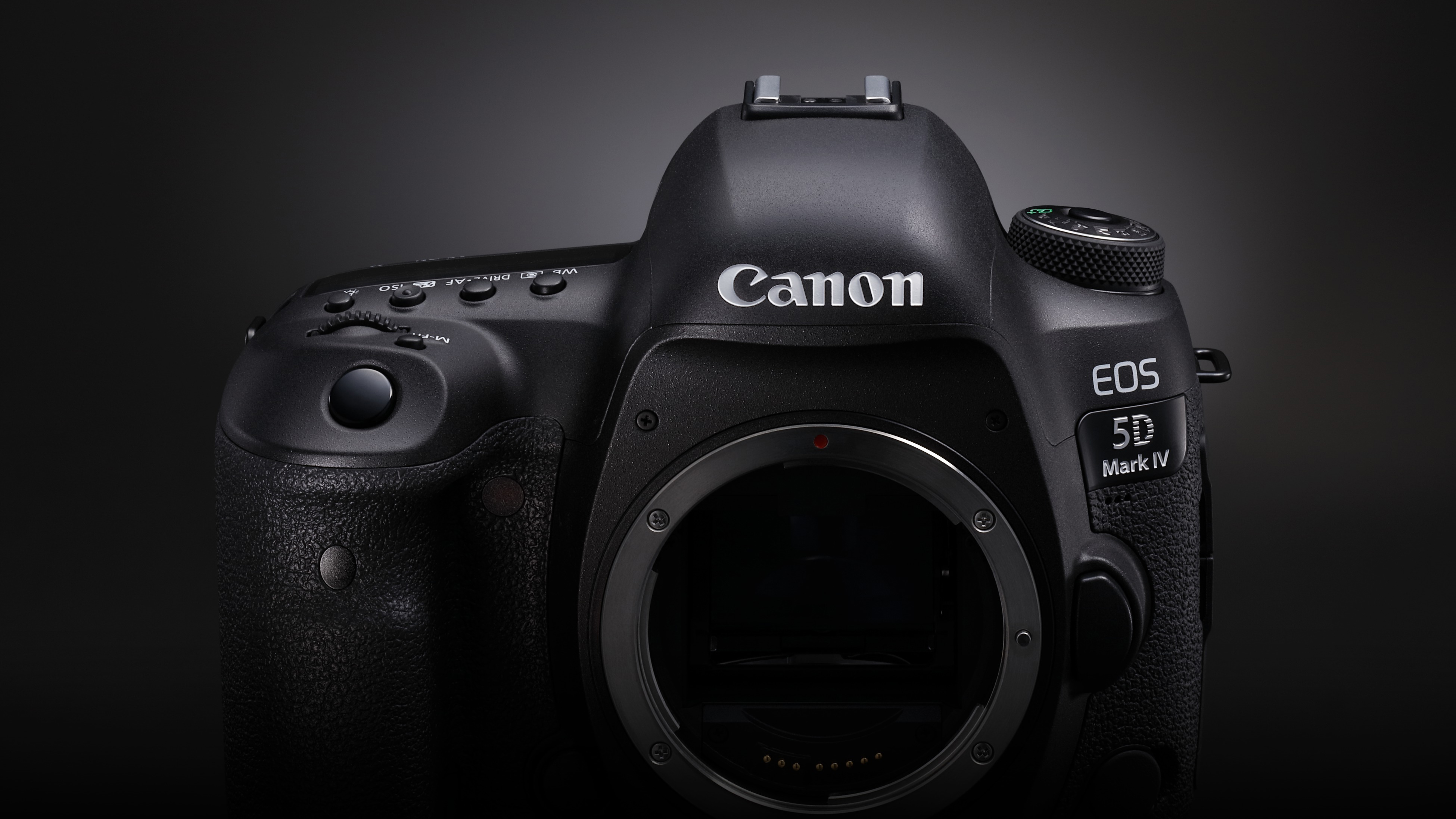
Canon has finally confirmed the fourth iteration in its EOS 5D line, the EOS 5D Mark IV. Arguably the most popular DSLR series across the enthusiast/professional spectrum, it blends a handful of expected features with some new technology. We've pulled out 21 key differences between the new model and its Mark III predecessor together understand what the new model offers.
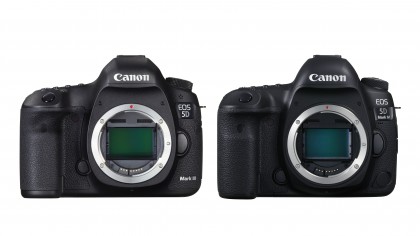
1. New sensor
The EOS 5D Mark III didn't offer too huge a leap in terms of resolution over the previous Mark II – from 21.1MP to 22.3MP – but the new model ramps things up.
Its 31.7MP sensor outputs images at an effective 30.4MP, and Canon states that this is a brand new design. Once again, its pixels are spread over a full-frame surface area, and a low-pass filter is also included in front of it to prevent aliasing artefacts from affecting images.
Although the company hasn't gone into any specific details on dynamic range, it also promises the sensor delivers a wide exposure latitude.
2. Expanded sensitivity
The new sensor has a slightly broader native ISO range than before, now reaching ISO 32,000 as opposed to the ISO 25,600 limit of the EOS 5D Mark III's sensor, although the base ISO of ISO 100 is unchanged. With the expanded settings, however, the two are the same, covering a total range equivalent to ISO 50-102,400.
3. New Processor

The new model eschews the previous DIGIC 5+ processor and opts for a newer DIGIC 6+ engine instead. Among other things this said to offer enhanced noise reduction, and also works with higher readout speeds from the sensor to help deliver marginally faster burst shooting (see below) than the EOS 5D Mark III.
4. Dual Pixel Raw format
One feature we've not seen before on any EOS model is dubbed Dual Pixel Raw. On the face of it this appears to work on a similar principle as the technology used in Lytro and selected Panasonic models, in that it allows the photographer to select a slightly different point at where the image is sharpest after the image has been captured.
Get daily insight, inspiration and deals in your inbox
Sign up for breaking news, reviews, opinion, top tech deals, and more.
This technology works by capturing two images from very slightly different points of view, a process made possible thanks to two photodiodes incorporated into each pixel (which is the basis of its previously seen Dual Pixel CMOS AF mode, explained below).
Canon states that this technology also allows for two further adjustments. First, out of focus highlights can be shifted horizontally, which Canon reckons the photographer may chose adjust so that they work better with areas that are in focus. The other possible adjustment is reduction over ghosting effects such as flare.
Currently, it appears that you need to use Canon's proprietary Digital Photo Professional program in order to make these adjustments, which is bundled with the camera as standard.
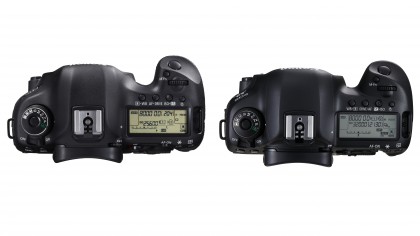
5. Dual Pixel CMOS AF
A now almost standard part of the modern EOS DSLR feature set, Dual Pixel CMOS AF provides the user with a way to use phase-detect AF when the mirror has been flipped up (ie when using live view and movie recording).
This allows for smooth autofocus changes to be made simply by pressing the touchscreen at the desired point, and for subjects to be effectively tracked as they move across the scene.
This feature was not present on the EOS 5D Mark III, although its appearance on the recent EOS 1D X Mark II meant that it was very likely to make its way here too.
6. Revised AF system
The EOS 5D Mark IV's 61-point AF system (including 41 cross-type points) appears to be very similar to the one inside the EOS 5D Mark III at first glance, although a more in-depth look reveals a handful of changes that echo those inside the EOS-1D X Mark II.
For a start, the points cover a wider area than before. Furthermore, all 61 points remain effective at f/8, which is great news for those using telephoto lenses with Extenders, perhaps for sports or wildlife. In such a situation, 21 of these points also remain cross type for extra sensitivity, although this can vary with different lenses.
The AF system's detection range has also been broadened, from -2EV on the EOS 5D Mark III to -3EV here, and this drops down even further to -4EV when using live view. Additionally, there's also now an AF Area Selection button on the back plate.
7. 4K Video
Hardly surprisingly, the EOS 5D Mark IV joins many other recent releases in offering 4K video recording. This is recorded in the same DCI 4K format as that found inside the recent EOS-1D X Mark II, with a resolution of 4096 x 2160 pixels and a choice of 30/25/24fps frame rates.
Additionally, the camera mirrors many other 4K models in offering 120fps shooting when recording in Full HD, with 4:2:2 chroma subsampling in 4K and 4:2:0 subsampling when recording in one of the HD options. The option to output clean footage through the HDMI port is also provided, although only for HD footage with 4:2:2 chroma subsampling.
In contrast, the previous EOS 5D Mark III arrived well before 4K video was expected on such a model, and only offered Full HD video recording (although, as many people are aware, it's been very well regarded by videographers nonetheless).
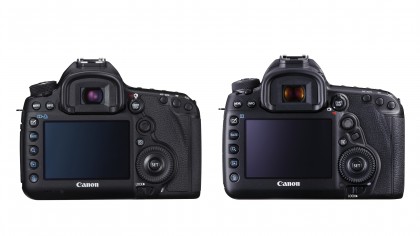
8. Stills from video
In line with many other 4K models, the EOS 5D Mark III allows you to extract JPEG frames from 4K footage. Shooting in the DCI 4K format means that these images have a resolution of 8.8MP, as opposed to the lower 8-8.3MP resolution of images extracted from cameras recording the slightly lower resolution UHD 4K footage.
9. Burst shooting
The EOS 5D line is not designed specifically for action photography, although a competent AF system and 6fps burst shooting meant that EOS 5D Mark III still held its own here. And now it's even faster, shooting at 7fps when set to burst shooting, with autoexposure and autofocus maintained throughout the burst.
Canon reckons that with the right memory card in place you can fire up to 21 Raw images at this speed, as opposed to 18 Raw frames using the EOS 5D Mark III's 6fps mode. The further promise of unlimited JPEG bursts is also an improvement on that EOS 5D Mark III – although you'd be hard pushed to find anyone who found that camera's 16,270-frame JPEG burst depth to be an issue.
The camera can also fire at a rate of 4.3fps when tracking a subject using live view.
10. Upgraded LCD screen
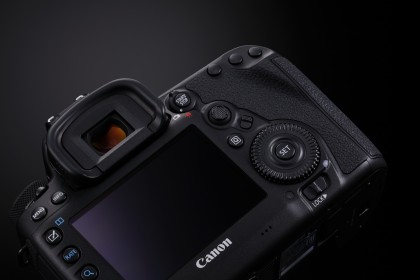
Although the display still has the same 3.2-inch dimensions as before, its resolution has jumped from 1.04million dots on the EOS 5D Mark III to 1,620,000 dots here for extra clarity.
Another new feature is dubbed LCD colour tone, which allows the tone of the LCD to be changed in four different ways. This latter feature will also be made available to the Canon EOS-1D X Mark II alongside a handful of additional improvements through a forthcoming firmware update.